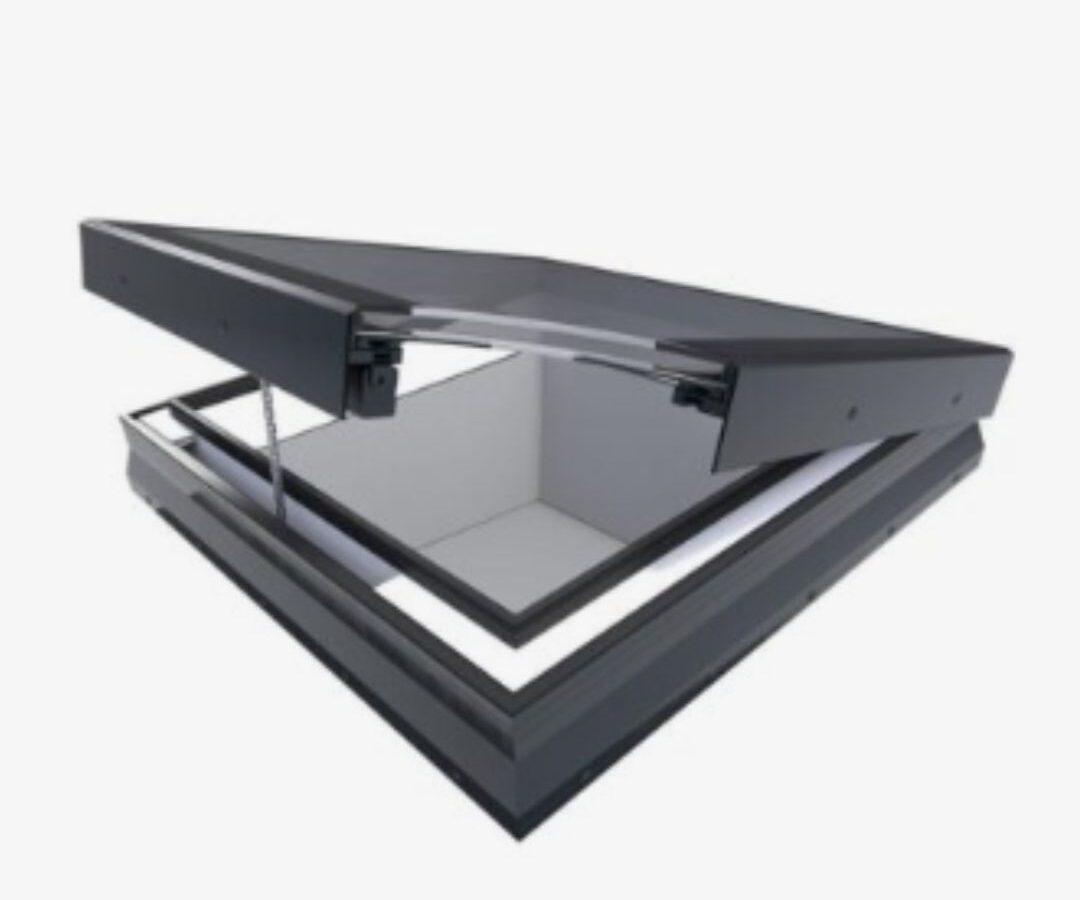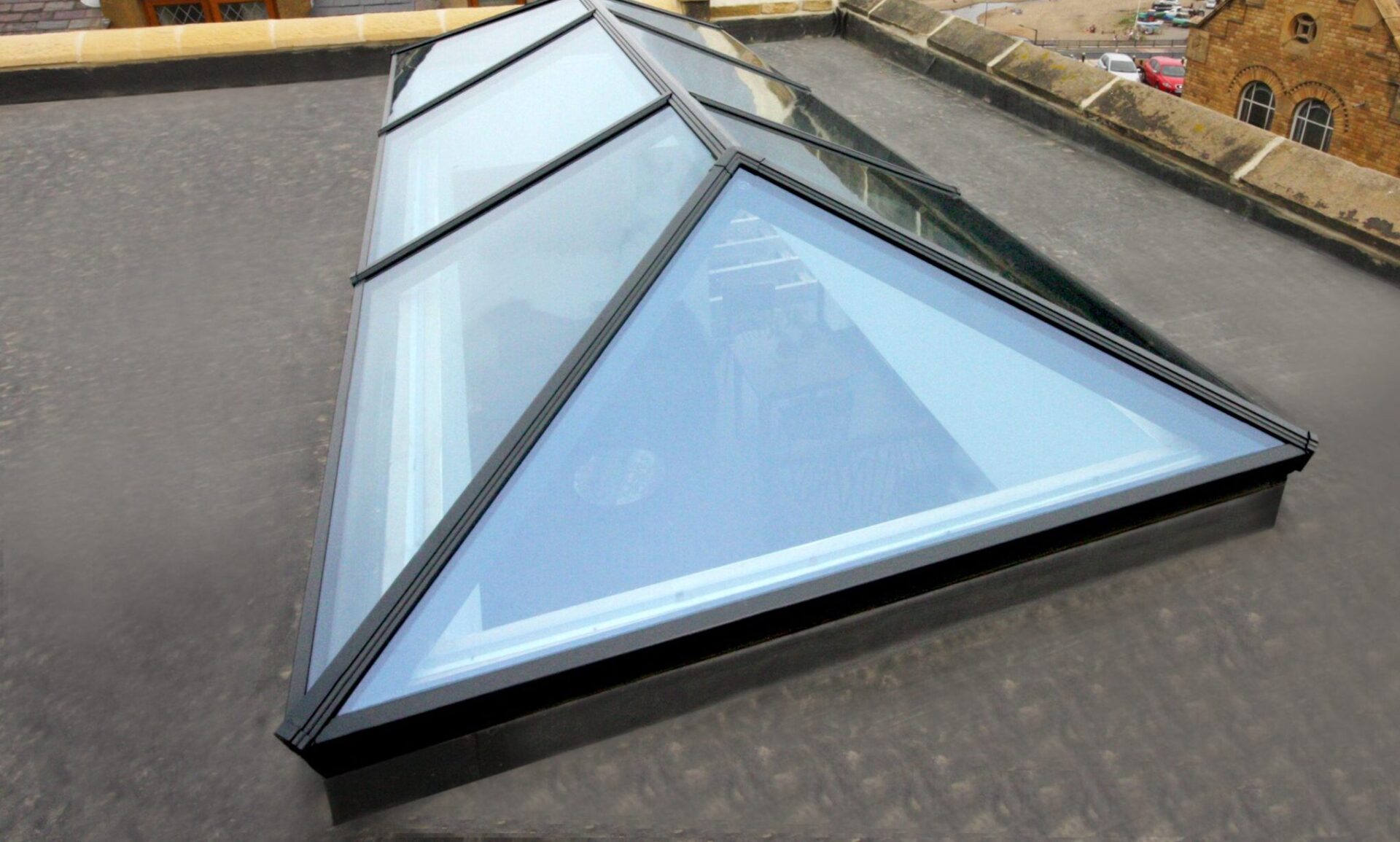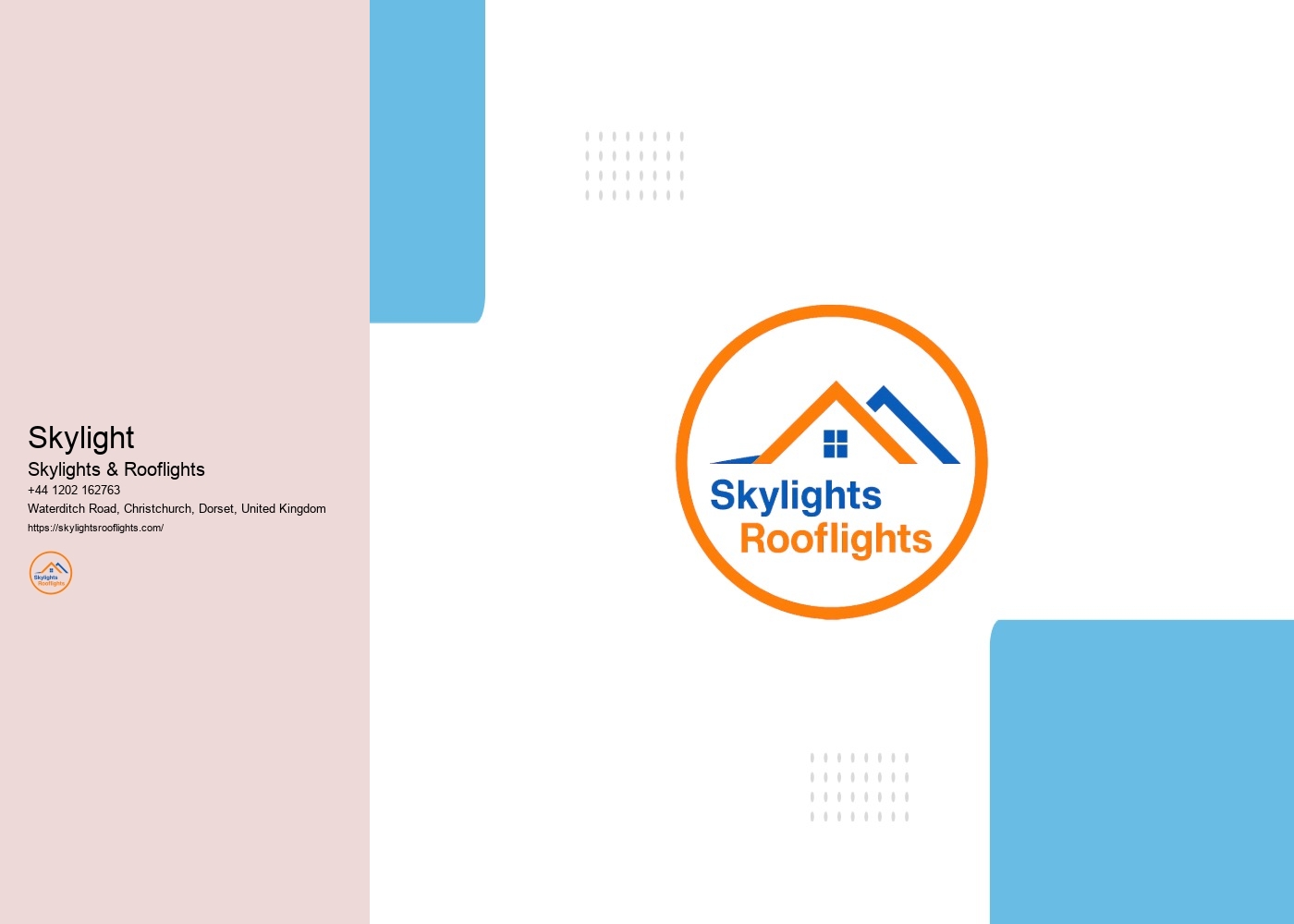

Skylight roofing presents a practical solution for homeowners seeking to improve natural light and ventilation.
However, it is essential to understand the intricacies involved in the installation, maintenance, and associated costs. Each aspect plays a vital role in the overall success and longevity of the skylight.
As homeowners weigh these factors, they may find themselves questioning the best approach to take. What should one prioritize in this endeavor?
Although many homeowners may overlook the potential of skylight roofing, its benefits can greatly enhance both living spaces and overall property value. Skylights allow natural light to flood interiors, reducing the need for artificial lighting and creating a more inviting atmosphere.
This influx of daylight can improve mood and well-being, making spaces feel larger and more open. Additionally, skylights can provide ventilation, reducing indoor humidity and improving air quality.
Their aesthetic appeal adds character to homes, attracting potential buyers. Ultimately, investing in skylight roofing can lead to energy savings and increased home equity, making it a wise choice for many homeowners.
Skylights come in various types, each designed to meet specific needs and preferences of homeowners. Fixed skylights are stationary and ideal for bringing in natural light without ventilation. Ventilated skylights can be opened to allow fresh air circulation, enhancing indoor comfort.
Tubular skylights utilize reflective tubes to channel sunlight into smaller spaces, perfect for hallways or closets. Dome skylights feature a curved design that maximizes light entry and minimizes water pooling.
Finally, solar skylights integrate solar panels, providing energy efficiency while illuminating living spaces. Each type offers unique advantages, catering to different architectural styles and functional requirements.

Installing a skylight requires careful planning and execution to guarantee ideal results and avoid potential issues. The process typically begins with selecting the appropriate location, confirming it aligns with structural integrity and ventilation needs.
After measuring the area, the roofing material must be carefully cut to fit the skylight frame. Proper sealing is vital to prevent leaks, often achieved using flashing and sealants. The skylight is then secured in place, and any necessary adjustments are made.
Finally, the interior trim is installed to complete the look. Professionals often recommend hiring experienced installers to confirm adherence to safety and building codes.
Regular maintenance is essential for prolonging the lifespan and performance of a skylight. Homeowners should inspect their skylights at least twice a year, checking for dirt, debris, and signs of wear.
Cleaning the glass with a mild soap solution helps maintain clarity and light transmission. Additionally, it's vital to examine seals and flashing for any deterioration, as these can lead to leaks. Ensuring proper drainage around the skylight prevents water buildup, which can cause damage over time.
Regularly trimming nearby trees can also minimize debris accumulation. Following these simple steps can enhance the durability and functionality of a skylight.

While skylights can significantly enhance natural light in a home, they are not without their challenges. Common issues include leaks, condensation, and damage from debris.
Leaks often arise from improper installation or worn seals; regular inspection and resealing can mitigate this risk. Condensation may occur in high humidity areas, which can be addressed with adequate ventilation.
Additionally, skylights can be prone to damage from falling branches or hail; using tempered glass or protective screens can help prevent this. Homeowners should remain proactive in identifying these problems to guarantee the longevity and efficiency of their skylight installations.
When homeowners contemplate the addition of a skylight, understanding the associated costs is crucial for informed decision-making. The price of skylights can vary greatly based on size, type, and material, typically ranging from $500 to $3,000.
Installation expenses may add another $200 to $1,500, depending on complexity. Additional factors include structural modifications, permits, and potential water damage repairs. Maintenance costs, such as cleaning and sealing, should also be considered.
Overall, budgeting for a skylight requires evaluating both initial and ongoing expenses to guarantee that the investment aligns with long-term benefits and aesthetic desires.

The average cost of skylight roofing installation typically ranges from $1,500 to $3,000, depending on various factors such as the type of skylight, roof accessibility, and installation complexity. Additional costs may arise for structural modifications or finishing touches. Homeowners are encouraged to obtain multiple quotes from contractors to guarantee a fair price and to evaluate potential long-term energy savings and increased home value as part of the investment.
Yes, there are skylights specifically designed for flat roofs. These skylights are engineered to accommodate the unique drainage and structural requirements of flat roofing systems. They often feature a low-profile design to prevent water pooling and can include features such as curb-mounted installations, which elevate the skylight above the roof surface. Additionally, many options come with energy-efficient glazing to enhance insulation and reduce heat loss, making them suitable for various climates.
Skylights greatly influence indoor temperature by allowing natural sunlight to enter a space. This influx of light can raise the indoor temperature, especially during sunny days, creating a warmer environment. Conversely, during colder months, they can help retain heat. However, if not properly installed or insulated, skylights may also lead to excessive heat loss or gain, potentially making climate control more challenging and increasing energy costs over time.